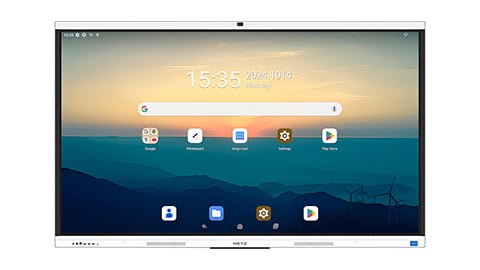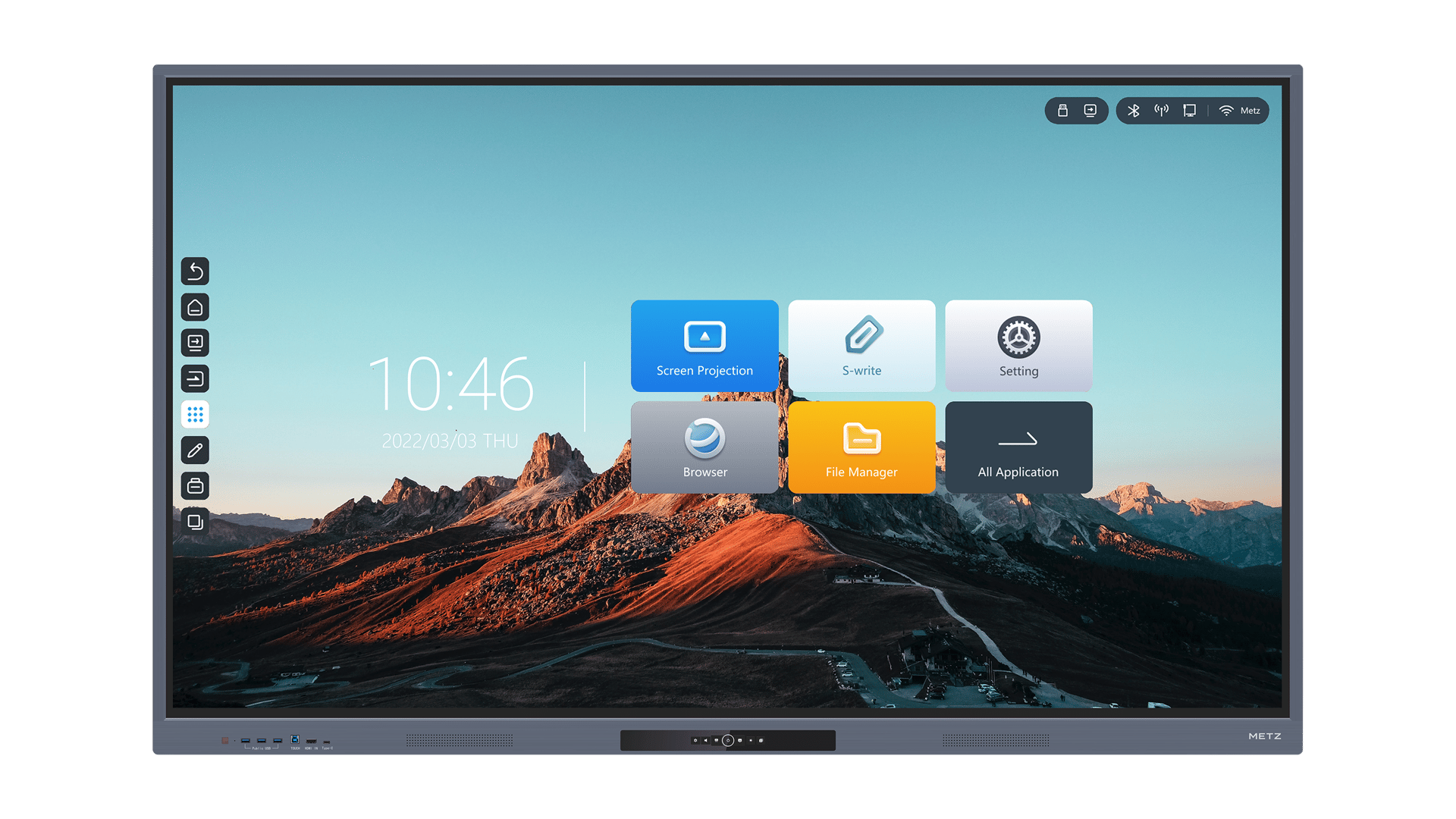Enhancing Communication and Collaboration
Interactive whiteboards have become increasingly popular in meetings due to their ability to enhance communication and collaboration among participants. With the use of these digital tools, meetings can become more interactive and engaging, allowing for better sharing of ideas and information.
Increased Visual Impact
One of the key advantages of using an interactive whiteboard in meetings is the increased visual impact it brings. Presentations and discussions can be made more visually appealing and engaging with the use of multimedia elements such as images, videos, and graphs. This visual stimulation can help participants better understand and retain information.
Real-Time Collaboration and Annotation
An interactive whiteboard allows for real-time collaboration and annotation, making it easier for meeting participants to work together on documents or presentations. Multiple users can simultaneously interact with the whiteboard, making edits, highlighting important points, and brainstorming ideas. This level of collaboration can significantly improve productivity and efficiency in meetings.
Integration with Digital Tools
Interactive whiteboards can be seamlessly integrated with various digital tools, such as software applications, online resources, and video conferencing platforms. This integration enables participants to access and share relevant information, conduct research, and even connect with remote team members, making meetings more inclusive and productive.
Improved Engagement and Attention
When compared to traditional whiteboards or flip charts, interactive whiteboards offer a higher level of engagement and attention from meeting participants. The interactive nature of these boards encourages active participation, as individuals can directly interact with the content being presented. This increased engagement can lead to better meeting outcomes and a more focused discussion.
Flexibility and Versatility
An interactive whiteboard provides flexibility and versatility in meetings. It allows for easy switching between different presentation modes, such as slideshows, videos, and interactive activities. This versatility caters to different learning styles and preferences, ensuring that the content is delivered in the most effective and engaging manner.
Cost and Maintenance
While interactive whiteboards offer numerous advantages, it is important to consider the associated costs and maintenance. The initial investment for purchasing these boards can be quite high, especially for high-quality models with advanced features. Additionally, regular maintenance and software updates may be required to ensure optimal performance.
Technical Issues and Learning Curve
Another disadvantage of using interactive whiteboards in meetings is the potential for technical issues and a learning curve. If the technology is not properly set up or if participants are not familiar with operating the whiteboard, it can lead to disruptions and delays during meetings. Adequate training and technical support are essential to mitigate these challenges.
Accessibility and Inclusion
While interactive whiteboards offer numerous benefits, it is important to consider accessibility and inclusion. Some individuals may have visual or motor impairments that make it difficult for them to interact with the whiteboard. It is crucial to provide alternative means of participation and ensure that everyone can fully engage in the meeting.
Environmental Impact
Lastly, the use of interactive whiteboards in meetings has an environmental impact. Traditional whiteboards and flip charts require the use of paper, which contributes to deforestation and waste. By using digital alternatives like interactive whiteboards, meetings can become more sustainable and reduce the overall environmental footprint.






